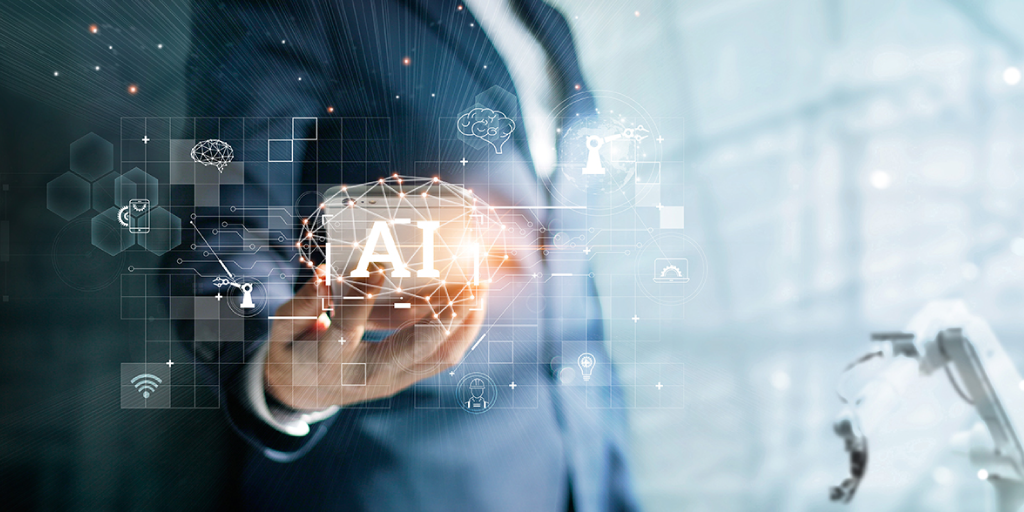AI innovation is continuing to enhance workplace productivity through improved business operations and organizational efficiencies. However, AI is not a perfect science, as machine learning still has certain limitations related to decision-making processes.
Artificial intelligence was created to augment human capabilities rather than replace them entirely. Research has consistently shown that people and AI systems working together can outperform each one acting independently. As AI continues to become more technologically sophisticated, leaders are becoming increasingly aware of the widespread decision-making capabilities across different sectors.
The problem is, most algorithms and machine learning processes possess certain limitations as they’re not usually optimized for AI to human handover. New research has found that AI systems may now be capable of advanced decision-making, even if it means deferring to human counterparts.
MIT Research in AI Systems
MIT’s Computer Science and AI Laboratory (CSAIL) recently developed an AI system capable of optimizing decision making between humans and machines. The machine learning tool implements a two-part process to help drive critical decision-making processes using systems that analyze given user strengths and weaknesses.
The first part of the model makes a decision based on given data and inputs. Whether it be complex medical diagnoses or rudimentary daily tasks, the system uses predefined information to help provide intelligent decisions. The second part of the model determines whether AI or humans are best equipped to make the decision at hand.
Known as “the rejector,” the model continually learns nuances over time and makes predictions based upon an individual’s history and track record. Using key metrics such as performance, time constraints, and current information accessibility, the AI system uses data inputs to help make the best decision possible.
Results of the Study
Researchers at MIT were able to test the hybrid human-AI approach under various conditions and parameters. Using image recognition and hate speech detection, AI systems adapted to current behaviors and deferred to human experts as needed. The result was improved decision accuracy and precision compared to previous human-AI approaches.
The experiments may be simplistic in nature but show promising signs for more broad-scale applications. Consider AI systems used by doctors to prescribe antibiotics and other forms of medication.
AI systems may improve decision-making by providing recommendations best suited to patients based upon an individual’s given history and medical diagnosis. Over time the AI system may adapt to various doctors and their prescription biases to help provide patients with the right medications and dosages.
How AI and Humans can come Together
AI technology has advanced to the point where it can handoff decisions to humans if necessary. AI and humans may now be able to work together synchronously to achieve higher accuracy levels than previous human-AI interactions.
Bitvore uses massive amounts of unstructured datasets to create AI-ready data for the financials. Our specialized technology helps to create clean, normalized business-centric data that minimizes tedious and repetitive tasks.
Our advanced AI-techniques and machine learning models eliminate the massive manual efforts required to research companies, industries and markets from unstructured text available over the Internet. At Bitvore, we help leaders improve their decision-making abilities by delivering immediate quantifiable results.
For additional information on how Bitvore can improve your business efficiencies, check out our latest white paper for more information: Using Sentiment Analysis on Unstructured Data to Identify Emerging Risk.


